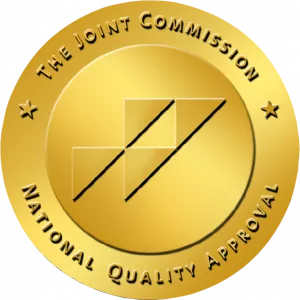We often think of our medicine cabinet as a safe spot — a convenient place to store prescriptions, cold remedies, and leftover medications “just in case.” But here’s the truth: an unlocked medicine cabinet can be one of the riskiest spots in your home, especially if you have kids, teens, or guests around. Many medications that seem harmless in the moment can become dangerous if misused, mixed, or taken without supervision.
Here’s a quick guide to the top five things you should never leave unsecured — and why locking them up (or safely disposing of them) is a simple but powerful way to protect your loved ones.
1. Prescription Painkillers

Medications like oxycodone, hydrocodone, or morphine can be highly addictive — even when used exactly as prescribed. Unfortunately, many teens who misuse opioids say they found them at home, often in a parent’s or grandparent’s bathroom cabinet. Even a few leftover pills can be enough to spark misuse or addiction. If you no longer need them, don’t hang onto them “just in case.” Safely dispose of them at a local pharmacy drop box or a DEA Take Back site.
2. Anxiety and Sleep Medications

Drugs like Xanax, Valium, Klonopin, and Ambien are meant to help manage anxiety or sleep issues — but they can also cause dependence quickly. They become even more dangerous when mixed with alcohol or other depressants, significantly increasing the risk of overdose. Keeping these medications locked away and closely monitored can prevent misuse and protect against accidental or intentional harm.
3. Cough Syrups and Cold Medicine

Because many cough syrups and over-the-counter cold medications are legal and easy to buy, they’re often seen as “harmless.” But in reality, products containing codeine or DXM can be dangerous in large doses, causing hallucinations, heart problems, and even overdose. Teens in particular may experiment with them without realizing the risks — another reason these should never be left unattended.
4. Stimulants

Medications like Adderall, Ritalin, and Vyvanse are prescribed to treat ADHD, but they’re also frequently misused as “study drugs” or energy boosters. This misuse can lead to heart strain, anxiety, and addiction. Even a small supply left lying around can become a temptation — whether for someone in your home or a visiting friend.
5. Leftover Prescriptions

Even medications that don’t fall into the above categories can be risky once they’re expired or no longer needed. Kids or teens may experiment with them, or they might be mixed with other substances without understanding the dangers. The safest move? Dispose of unused prescriptions promptly and properly. It’s one of the simplest and most effective ways to prevent accidental poisoning, misuse, or addiction.
Lock It Up. Dispose Safely. Protect Your Family.

Prevention really does start at home. By taking a few extra steps — locking up medications, monitoring your prescriptions, and safely disposing of what you don’t need — you’re helping to reduce the risk of misuse, addiction, and overdose.
If you’re not sure where to start, many local pharmacies offer medication drop boxes, and the DEA hosts regular Take Back Days where you can safely dispose of old prescriptions. It’s an easy action with a big impact — one that keeps your family, friends, and community safer.
Because when it comes to medication safety, it’s always better to be cautious today than regretful tomorrow.


